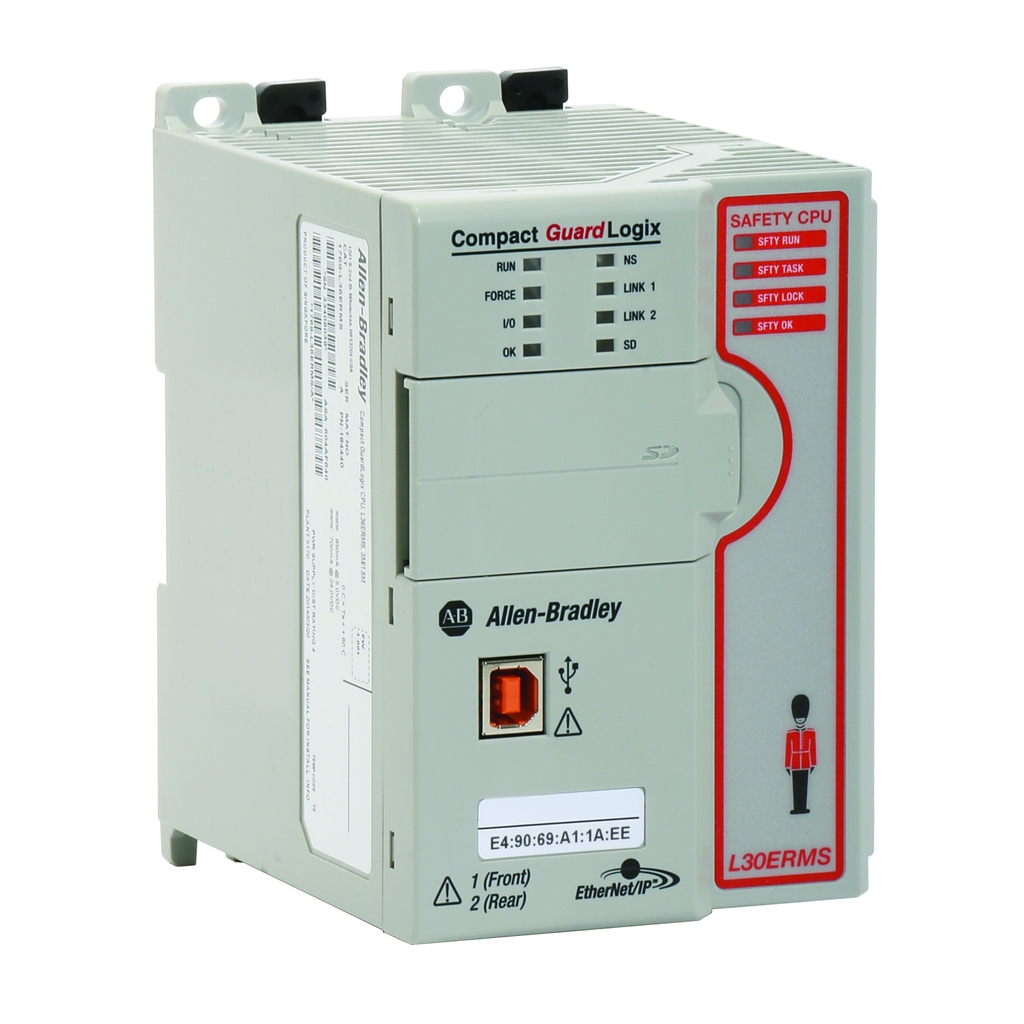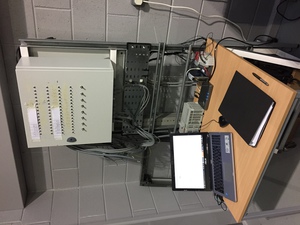

|
Edward Lowton
Editor |


|
| Home> | Health, Safety & Welfare | >Plant and machinery safety | >Cost effective, small-scale process safety solution |
Cost effective, small-scale process safety solution
02 April 2017
In a recent project, Inspec Solutions, who specialises in PLC/SCADA, DCS and high-integrity safety systems was asked by a leading European steel producer to develop, design, test and deliver several small emergency shutdown systems to SIL 1 for process applications at a foundry.

Inspec Solutions is a member of the Rockwell Automation PartnerNetwork program as a System Integrator Partner. Recognised System Integrators are competent and committed to lead with Rockwell Automation and have a mutually supportive relationship with the Rockwell Automation sales and distributors that Inspec Solutions works with.
The primary requirement was for Inspec to source and implement E/E/PE systems capable of executing between 1 and 20 (low) demand mode safety-related functions as defined in the customer’s Safety Requirement Specification (SRS) documents.
There were numerous secondary requirements, including delivering a secure system that was resistant to unauthorised changes and one that could easily evolve to cater for additional safety related functions – a level of ease that discounted a hard-wired solution. The customer also wanted the ability for its operators to interact with it via a familiar platform on HMI/SCADA terminals.
Last but not least, it had to be cost effective. Many process safety solutions tend to be aimed at large-scale installations where the cost of the processor unit can be spread across multiple I/O. This application, on the other hand, comprised several small, discrete safety systems, with just one or two safety loops each. So an investment in a larger dedicated process safety controller was simply not financially justifiable.
According to Daniel Adams, Project Engineer at Inspec: “After considering all platforms available on the market, we narrowed it down to two suppliers, and finally opted for the Compact GuardLogix programmable automation/safety controller from Rockwell Automation.“There were multiple reasons for this choice,” he continues. “Firstly, we considered the equipment lead times and customer familiarity. Allen-Bradley equipment, a Rockwell Automation brand, was already widely used across the customer’s site and its engineers were comfortable with the Logix programming environment and the use of RSView software. Communication to the SCADA solution was easier too, as was interfacing to the process control system, which was already running Allen-Bradley ControlLogix PACs and older Allen-Bradley PLC-5 PLCs. This was because we could use the native CIP protocol between the Compact GuardLogix controller and the existing Allen Bradley controllers and software for any non-safety communications over EtherNet/IP. The Compact GuardLogix PACs communicate with the POINT Guard I/O modules using the CIP Safety protocol, which is used to achieve assured safety communications over a standard Ethernet infrastructure. If we had used an alternative platform we may have also had to use an alternative protocol such as Modbus, which is not as powerful in terms of communications and is not as easy to use for transferring messages around the system.”
“There are other products at the same mid-range scale as Compact GuardLogix that cover machinery safety,” he adds, “but they cannot really be considered effective for use in the process-control domain. Their certifications generally meet the IEC13849 and IEC62061 machinery safety standards, but none of them claim to meet IEC61511 – the process industry standard for functional safety – however Compact GuardLogix does.”
Adams continues: “The Compact GuardLogix-based solution was just what we were looking for. It was a perfect size for the job in hand and was not over engineered compared to a larger-scale process safety solution – this means that the ongoing costs were far more palatable too. It excels over hard-wired system as well. It is far easier using programmable system feedback and it is much more flexible in terms of system evolution, especially when changing or adding logic sequences. And, of course, you can interrogate the system to get data for real-time and historic decision-making processes.The system has been fully installed at the steel company’s foundry and the customer is happy with its operation. The customer has since been subjected to audit visits from the national safety executive and there have been no further flags.
- The business value of Industry 4.0
- Global circuit breaker line
- Connected Enterprise: Series of free events
- Push for improved functionality
- Challenging public perception of robotics
- Mobile capabilities
- Simplifying network operations and maintenance
- OptiSIS simplifies deployment for safety instrumented systems
- Security concerns
- Boosting energy management in food and beverage production




















